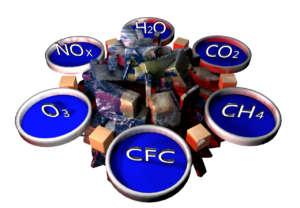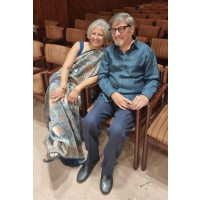
Vienna: Europe’s largest Zaporizhzhia Nuclear Power Plant (ZNPP) in Ukraine faces serious nuclear safety and security risks, the International Atomic Energy Agency (IAEA) stated here today. Based on information received from Ukraine, IAEA Director-General Rafael Mariano Grossi said renewed shelling in recent days has caused additional damage in the area of the ZNPP. He said there was an “urgent” need for an IAEA expert mission to go there.
Ukraine informed the IAEA that the shelling on Saturday, August 20 and Sunday, August 21, 2022, damaged ZNPP infrastructure including laboratory and chemical facilities. In addition, Ukraine said shelling on Monday, August 22 damaged the transformers of the nearby thermal power plant, causing disconnection of the power line linking this plant to the ZNPP lasting several hours before it was restored later the same day.
Also read: Military operations near Zaporizhzhia Nuclear Power Plant worrying
“These incidents show why the IAEA must be able to send a mission to the Zaporizhzhya (Zaporizhzhia) nuclear power plant very soon. I’m continuing to consult very actively and intensively with all parties so that this vital IAEA mission can take place without further delay. The IAEA’s presence will help stabilise the nuclear safety and security situation at the site and reduce the risk of a severe nuclear accident in Europe. The mission is expected to take place within the next few days if ongoing negotiations succeed,” Director General Grossi said.
In addition to the now restored backup line to the thermal power plant, the ZNPP has one operational power line connecting it to the grid out of a total of four such lines. A secure off-site power supply from the grid is essential for ensuring nuclear safety. This requirement is among the seven indispensable nuclear safety and security pillars that the Director General outlined at the beginning of the conflict.
Ukraine separately informed the IAEA today that ten of the country’s 15 nuclear energy reactors are currently connected to the grid, including the two at the ZNPP, three at the Rivne Nuclear Power Plant (NPP), three at the South Ukraine NPP, and two at the Khmelnytskyy NPP.
In relation to safeguards, Director General Grossi said the IAEA is continuing to receive remote safeguards data from the sites of the four operational NPPs in Ukraine, as well as from the Chornobyl NPP.
– global bihari bureau





